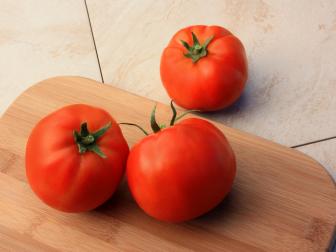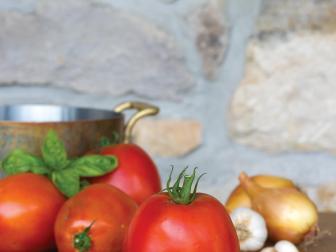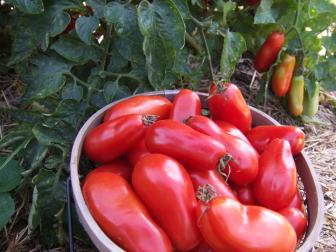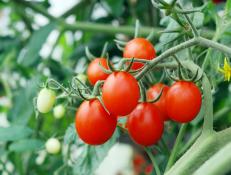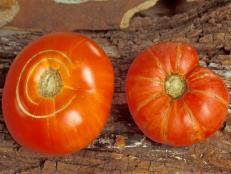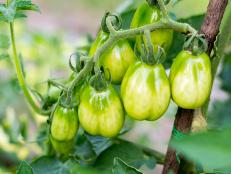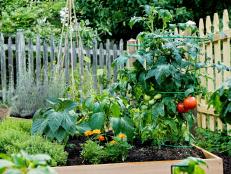How to Can Spaghetti Sauce
Learn how to can homemade spaghetti sauce that will allow you to savor ripe summer tomatoes all year long.


As the last of the season’s big tomato crops roll in, you may be contemplating the many wonderful ways in which to preserve the harvest for use during the long winter months ahead. You may recall a time when your grandmother would pull out a yellowing scrap of paper on which a generations-old family recipe for the "best spaghetti sauce" ever was scrawled in faded ink. Banishing the troops from the kitchen, she’d spend a long day whipping up gallons of the stuff, filling gleaming Mason jars and dropping them into a water bath to process.
You’ve got the recipe. You’ve got the tomatoes. It’s time to carry on that long-standing family tradition of canning that coveted sauce just like Grandma did.
Thing is, you probably can’t. At least not in the same way.
Times have changed and so, it turns out, has the tomato. Historically, the tomato was considered to be a “high acid” vegetable. Acidity is essential for safe water bath canning. Because boiling water doesn’t get hot enough to kill some of the bacteria in canned produce, we rely on that acid content to get the job done.
Over the years, the most popular tomatoes have been bred for taste, texture and longevity. While this sounds pretty good, it has left us with many a modern tomato that no longer has the acid content needed to kill that dreaded bacteria. Although there are still plenty of tomatoes out there with the high acid content to permit water bath canning, without testing pH balances of each batch, they must all be presumed to be low-acid fruit.
15 Best Fresh Tomato Recipes 16 Photos
Have more tomatoes than you know what to do with? Try one of these fresh tomato recipes to make use of your homegrown harvest this growing season.
If you have a pressure canner, low acidity is not an issue. Pressure canners are designed to reach the temperatures necessary for canning low-acid produce. Otherwise, that beloved family spaghetti sauce may need a tweak. Safe water bath canning of tomato sauce requires the addition of a tablespoon of acid in the form of vinegar, lemon juice or commercial citric acid per pint of sauce to be certain that pH levels are safe.
Got a tomato crop looking to get sauced? This basic recipe for water-bath-safe spaghetti sauce will keep your pasta covered all year long. The spices may be adjusted to use that secret family blend, but exercise caution when adding other elements. And be aware that no matter how tasty the recipe, meat is never safe for water bath canning.
Canned Spaghetti Sauce Ingredients
- 10 pounds tomatoes
- 3 tablespoons olive oil
- 1 cup chopped onion
- 6 cloves garlic, minced
- 2 tablespoons fresh basil, chopped
- 2 teaspoons oregano
- 1 teaspoon kosher salt
- 1/2 teaspoon black pepper
- Lemon juice (1 tablespoon per jarred pint)
Steps to Making Canned Spaghetti Sauce
- Blanch tomatoes in boiling water for 15 seconds and transfer into a bowl of ice water.
- Cut ends from tomatoes; peel and core.
- Working in batches, puree tomatoes in a food processor.
- In a large nonreactive pot, saute onion and garlic in olive oil.
- Add pureed tomatoes, basil, oregano, salt and pepper to a pot and bring to a boil.
- Reduce heat and simmer for 2 hours, stirring occasionally.
- Add 1 tablespoon of lemon juice per pint to each sterile jar to be filled.
- Fill jars with tomato sauce, leaving 1/2" head space.
- Cap with lids and bands and process in a boiling water bath for 35 minutes.







